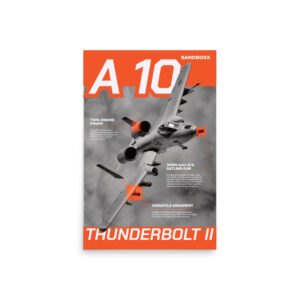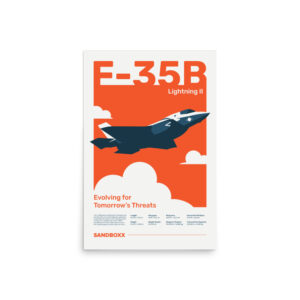Crazy photos from the WWII battles in the Arctic that you’ve never heard of
- By We Are the Mighty
Share This Article

When most people think of World War II, they probably think of soldiers fighting in Europe or Marines island-hopping in the Pacific. But it truly was a World War, and that included combat in some of Earth’s most frigid and inhospitable waters in the Arctic Circle.
The Soviets needed plenty of supplies to fight off the Germans, and it was up to the Allies to make it happen. Beginning in 1941, the Allies began sending convoys of merchant ships packed with food, ammunition, tanks, and airplanes, along with warship escorts.

But the freezing waters of the Arctic — and the German navy — didn’t make it easy.
Via the World War II Database:
The cold temperature in the arctic region also posed a risk in that sea splashes slowly formed a layer of ice on the decks of ships, which over time, if not tended to, could weigh so much that ships would become top-heavy and capsize. Of course, given the state of war, the German military also posed a great danger by means of surface warships, submarines, and aircraft. The threats, natural or otherwise, endangered the merchant ships throughout the entire length of the supply route. British destroyer HMS Matabele and Soviet trawler RT-68 Enisej of convoy PQ-8 were sunk by German submarine U-454 at the mouth of the Kola Inlet near the very end of their trip, British whaler HMS Sulla of PQ-9 capsized from ice build-up three days into her journey in the Norwegian Sea, while PQ-15 suffered the loss of three merchant ships on 2 May 1942 to German torpedo bomber attacks north of Norway.

Initially the ships met little resistance, as the Nazis were unaware of the resupply route. This quickly changed after Operation Dervish, the first convoy from Iceland to Archangelsk, Russia.
“After Dervish, the Germans did wake up to what was happening,” Eric Alley, who was on the first convoy, told The Telegraph. “The Luftwaffe and U-boats moved to northern Norway, so the convoys had to keep as far north as possible.”

The convoys were dangerous due to the unpredictable nature of the frigid waters and threat of Nazi U-boats and land-based aircraft. And summer made things much worse, which left ships completely exposed since the area had 24 hours of daylight.

“That was hell. There is no other word I know for it,” wrote Robert Carse, in an account of an attack on his convoy that lasted for 20 hours. “Everywhere you looked aloft you saw them, crossing and recrossing us, hammering down and back, the bombs brown, sleek in the air, screaming to burst furiously white in the sea. All around us, as so slowly we kept on going, the pure blue of the sea was mottled blackish with the greasy patches of their bomb discharges. Our ship was missed closely time and again. We drew our breaths in a kind of gasping-choke.”
The convoys delivered more than four million tons of cargo, though at a heavy cost: 101 ships were sunk and roughly 3,000 Allied sailors lost their lives, according to The Telegraph.

Here are more photos of what it was like:






Related Posts
Sandboxx News Merch
-

A-10 ‘Thunderbolt Power’ Poster
$22.00 – $28.00 Select options This product has multiple variants. The options may be chosen on the product page -

F-35 ‘Lightning’ Poster
$22.00 – $28.00 Select options This product has multiple variants. The options may be chosen on the product page -

F-35 ‘Evolution’ Poster
$22.00 – $28.00 Select options This product has multiple variants. The options may be chosen on the product page
We Are the Mighty
Related to: Military History

The CIA used miniature models to meticulously plan high-stakes operations

Who dares wins: The importance of defeat in being successful

Marines deploy new system to take out ships in the Pacific

British intelligence once hacked al-Qaeda just to mess with them
Sandboxx News
-

‘Sandboxx News’ Trucker Cap
$27.00 Select options This product has multiple variants. The options may be chosen on the product page -

‘AirPower’ Classic Hoodie
$46.00 – $48.00 Select options This product has multiple variants. The options may be chosen on the product page -

‘AirPower’ Golf Rope Hat
$31.00 Select options This product has multiple variants. The options may be chosen on the product page -

‘Sandboxx News’ Dad Hat
$27.00 Select options This product has multiple variants. The options may be chosen on the product page
